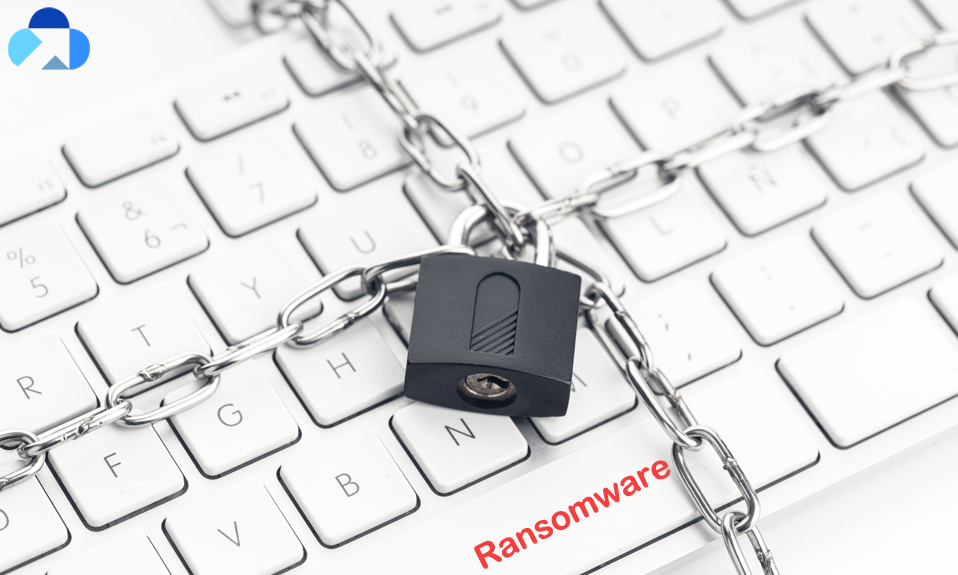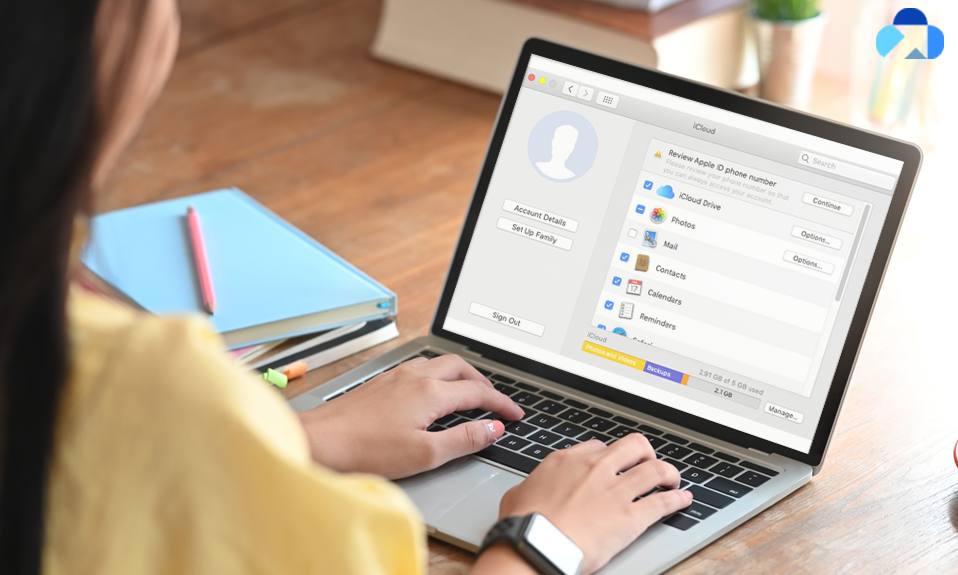
Since always Ransomware has been a danger to every spot on your device. It’s an odious type of malware and the way it works is quite simple. Your computer will be infected with some malicious program that makes your pc unusable, and not allow you to access any of your documents. And sometimes they even pretending to be from local law enforcement and accusing a computer or viewing explicit pictures of children. And then, they demand ransom. Ransom can be either in the form of ransom or fine. They force you to pay the ransomware in order to get back access of your computer.
It’s quite horrible. But, it happens with a number of individuals, companies. Well, be ready to meet CryptoLocker, the most dangerous devil of the ransomware family.
What Is CryptoLocker
CryptoLocker is a type of malware targeting computers running on the Microsoft Windows operating system. The common thing in CryotoLocker is spreading via emails or email attachments. Like other malware, CryotoLocker is also typically spread as an email attachment and often purporting to be from a legitimate source. It is also said that CryotoLocker is evenly spread through the ZeuS botnet.
Once CryotoLocker is installed on your computer, it starts encrypting all your files and documents that you stored on your local computer, as well as that are stored on the mapped network such as drives and mounted removable storage. All the encryption uses is strong, 2048 bit RSA, with the decryption key for your documents being stored on a remote server. The odds of you being able to break this encryption is mostly nonexistent.
If a user wants to get back their files. CryptoLocker asks for a ransom. Ransom can be either in the form of ransom or fine. Ransom has mostly been demanded in bitcoins. It may also be possible that you will be asked to pay the ransom within the specified timeline. If you don’t pay the ransom within the given timeline, the decrypted key is deleted and you lose access to your files forever.
How does CryptoLocker ransomware works?
CryptoLocker spread in a systematic manner and makes it difficult to crack. It uses the asymmetric encryption method to infect a computer. This two-key system uses one public key for encryption and one private key decryption, each linked to the other. When asymmetric encryption is used for prior determined purposes, such as transmitting sensitive information, then the receiver will give the public key to the sender so that they can encrypt the user data, but keep the private key to themselves.
In CryptoLocker, operators hold both keys including private keys that help you to decrypt the files. Once CryptoLocker successfully reaches your computer, it starts encrypting your files and then displays a ransom note informing you that you have to pay a ransom amount in order to get your files back.
What Was CryptoLocker Ransomware Attack?
The CryptoLocker ransomware attack was a cyberattack held in between 2013-2014. This attack was spread through the email attachment targeting the computer running Microsoft Windows. As we discussed above, it’s also believed that propagated via email attachments, and via an existing Gameover ZeuS botnet.
It is said after a while, CryptoLocker itself was easily removed, but the affected files remained encrypted in a way that researchers considered unfeasible to break. CryptoLocker was discovered in May 2014 via Operating Tovar, which knocked down the Gameover ZeuS botnet that had been used to distribute the malware. During the operation, a security firm involved in the process gained access to CryptoLocker’s database of private keys, which was then utilized to create a web tool for recovering the keys and files without paying the ransom.
10 Tips to Avoid CryptoLocker Ransomware Attack
Till here, we’ve discussed about CryptoLocker ransomware but now we will explain 10 tips to avoid CryptoLocker ransomware attack. Here’s what you need to know:
1. First of all, we recommend you do not click on any phishing emails, and email attachments because these are very common use by CryptoLocker Ransomware to spread.
2. Secondly, make sure you do not visit the website that installs a malicious program on your computer.
3. Taking backup on a routine basis is the key to preventing data loss. So, make sure you keep backing up your device.
4. Don’t open attachments from unknown sources or from emails that appear to be from a legitimate source but are suspicious.
5. Try to move more data to Capebera cloud services.
6. Use software to identify if a computer is infected. If so, disconnect it from networks immediately and seek professional advice.
7. If you notice any suspicious .exe files over email, including within ZIP files, make sure you block them immediately.
8. For the Ultimate Ransomware Protection, use Waredot Ultimate. Waredot Ultimate comes with an group of Waredot Antivirus and Waredot Total Protection. You can take 30 day free trial of Waredot Ultimate in order to get an idea about its Ultimate security.
9. Ransomware also exploits the vulnerabilities of Windows such as Outdated software, or systems. So make sure you keep updating your software, system, application, and drivers.
10. Last but not least, keep your eyes open and stay updated with the online threats and measures to prevent them.
Summary
Hey guys! This was the guide about “10 Tips to Avoid CryptoLocker Ransomware Attack.” Here, we’ve discussed complete detail about CryptoLocker, how it works, and the most CryptoLocker attack. Here, you can also find the tips to cure ransomware in the last section.
Hope you find this article informative and helpful. If you’ve any queries regarding this article, please let us know in the comment section. We would be glad to know you!












